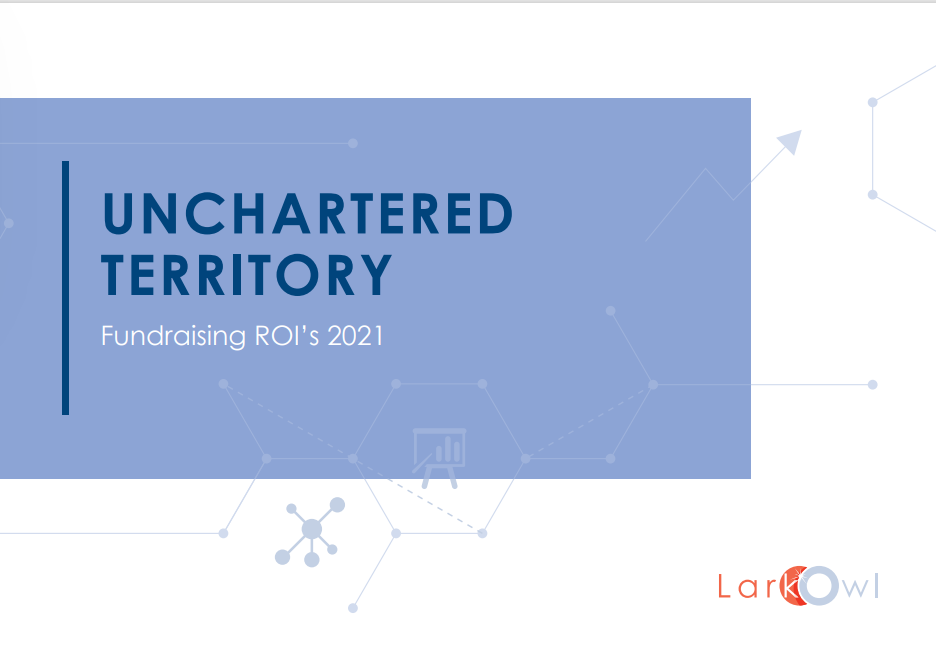Voluntary sector workforce growing despite pandemic challenges

NCVO has published its annual overview of the voluntary sector, the UK Civil Society Almanac, showing early indications of a decline in the sector’s income as well as a decrease in the number of voluntary organisations. However, more positively, it also finds that the number of people employed in the voluntary sector has continued to rise, even during the pandemic, with a 3% increase in 2020.
While most of the financial data is based on 2018/19, it has also been supplemented with more recent data to provide more insight into the challenges currently facing the sector.
The Almanac’s key findings are:
Advertisement
Early indications of possible decline in sector’s income
Pre-pandemic, the sector’s annual income experienced modest growth at a fairly steady rate of 1-2% a year. In 2018/19 it reached a new record of £56bn, an increase of £800m on the year before.
There was also an increase of 12% in investment income, worth about £500m. This was evenly distributed across different investment streams including the renting of properties, dividend income, and interest on deposits.
While the sector’s income was growing pre-pandemic, early indications suggest that voluntary organisations will have suffered financially since due to the loss of trading opportunities including the closure of charity shops and cancellation of fundraising events.
The public remains the largest income source for the sector
The public remains the largest income source for the sector, representing 48% (£27.1bn) of its income. Income from the public grew by £1bn over the year, almost entirely driven by an increase in donations. Income from the public comes in various forms, including donations and legacies, membership fees or charges for services, and income from trading activities like charity shops.
Income from the government fell by £300m to £15.8bn. As income from other sources continued to grow over the last few years, income from government as a proportion of the sector’s total income has fallen reaching its lowest point on record at 28% in 2018/19.
Decrease in overall number of voluntary organisations
As of 2018/19, there were just over 163,000 voluntary organisations in the UK, down from almost 167,000 the year before. The vast majority of voluntary organisations (80%) are small organisations with income less than £100,000.
However, it is large organisations with an income over £1m who make up more than 80% of the sector’s income and spending.
Number of employees in the sector has continued to grow
As of September 2020, over 950,000 people work in the voluntary sector. This represents a 3% increase on the year before (over 32,000 additional jobs), despite the pandemic and lockdowns. This growth is in contrast with the private sector, which experienced a 2% decrease in employee numbers (almost 500,000 jobs) over the same period.
The voluntary sector employees around 3% of the UK’s workforce
While substantially smaller than both the public and private sectors, the voluntary sector’s workforce has grown by 20% since 2010 – the fastest growth of any sector over the last decade.
Over half of the population volunteered their time to help others during the pandemic
In 2020/21, 16.3 million people in the UK volunteered formally through a voluntary organisation of some kind. This is a substantial decrease on the year before, when 20.1 million people were able to do so.
However, 2020/21 also saw a drastic increase in the number of people volunteering their time informally to help others. In fact, 54% of UK adults (29.4m) volunteered informally at least once last year and 33% (17.9m) did so at least once a month.
Anya Martin, research and insight manager at NCVO, commented:
“It is clear that charities have played a vital part in responding to the Covid-19 pandemic, but it is still too early to determine the full extent of the impact on the voluntary sector. However, this year’s Almanac can act as a useful reference point to provide insight into the state of the sector and inform future planning.
“We report a growth in jobs which was unexpected given the economic challenges caused by the pandemic. It remains to be seen whether this will continue after the withdrawal of the furlough scheme, but it is clear the sector’s varied funding streams and the support packages for employers have helped to keep employment in the sector buoyant. Given the rise in employment in the sector, there will also likely be an impact on charities in the coming years from the recently announced increase in national insurance contributions.
“We also show that the sector’s income was growing pre-pandemic. However, early indications suggest that voluntary organisations will have suffered financially since due to the loss of trading opportunities including the closure of charity shops and cancellation of fundraising events. The impact of Covid-19 on demand for property could also see a decline in investments as a source of income for charities in 2021.
“As government funding was continuing to fall as a proportion voluntary sector income before the pandemic, it will be important to monitor where these changes may create shortfalls.
“As further implications of the pandemic unfold, NCVO will continue to monitor the impact and the sector’s response to help ensure charities and volunteers are being provided with the support they need to continue their crucial work with communities across the country.”






